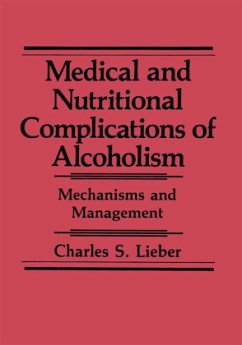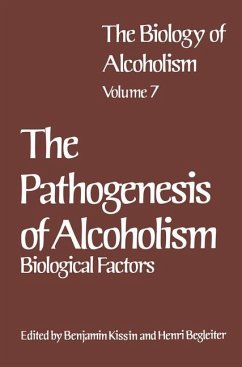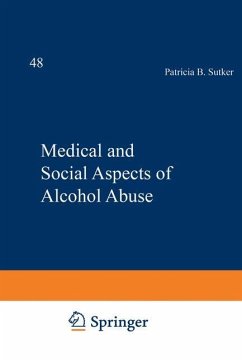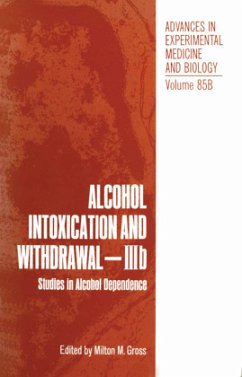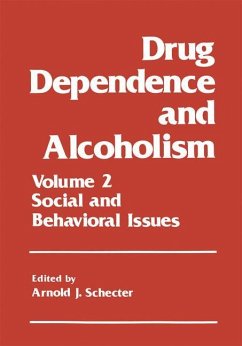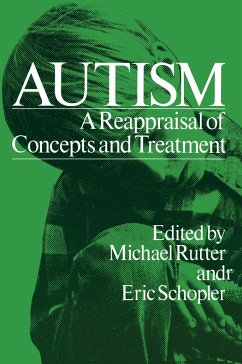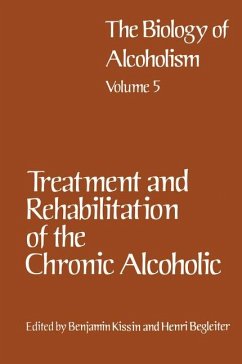
Treatment and Rehabilitation of the Chronic Alcoholic

PAYBACK Punkte
20 °P sammeln!
The present volume contains a large variety of treatment approaches to the long-term rehabilitation of the alcoholic, ranging from the biological to the physiological to the psychological to the social. The multiplicity of proposed therapies, each of which has its strong proponents, suggests that alcoholism is either a complex medical-social disease syndrome requiring a multipronged treatment approach or a very simple illness for which we have not yet dis covered the remedy. The latter may, indeed, be true, but we cannot use what we do not know and must use what we do know. We do, however, hav...
The present volume contains a large variety of treatment approaches to the long-term rehabilitation of the alcoholic, ranging from the biological to the physiological to the psychological to the social. The multiplicity of proposed therapies, each of which has its strong proponents, suggests that alcoholism is either a complex medical-social disease syndrome requiring a multipronged treatment approach or a very simple illness for which we have not yet dis covered the remedy. The latter may, indeed, be true, but we cannot use what we do not know and must use what we do know. We do, however, have the obligation to be responsible in our treatment, to provide the best that is known at this time, and to be discriminating in our prescription of appropriate treat ment for individual patients. If there is one conclusion we would like to offer in our preface, it is that alcoholics constitute a markedly heterogeneous popula tion with widely disparate needs, for whom, at least at our present level of knowledge, a broad spectrum of treatment modalities is necessary. If this is true, then probably most of this book has validity. With this volume on the treatment and rehabilitation of the chronic alco holic, we bring to completion our five-volume series, The Biology of Alcoholism. As the title of the present volume indicates, we have departed from our original intention to deal solely with biological aspects of the syndrome and have attempted rather to produce a more comprehensive work.





